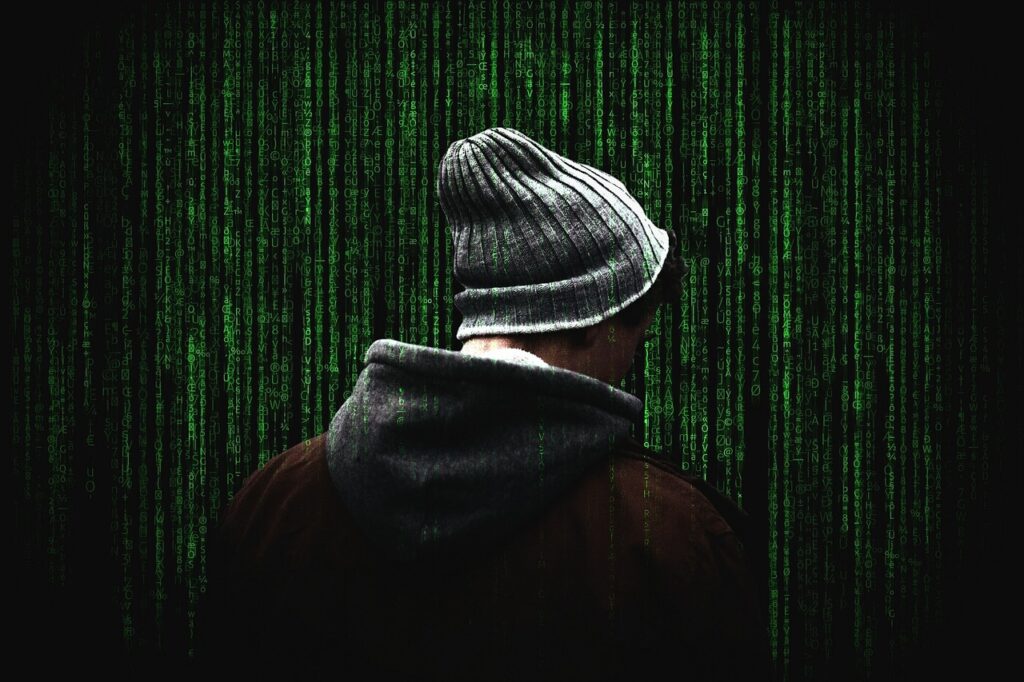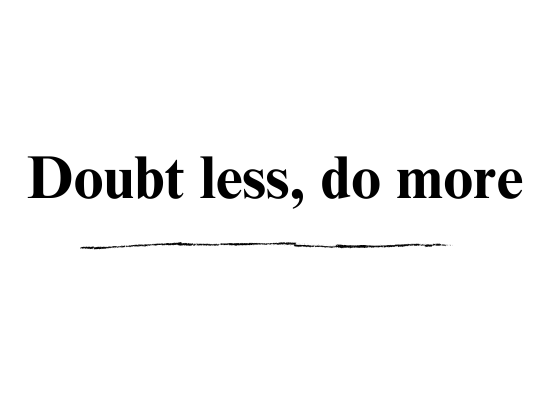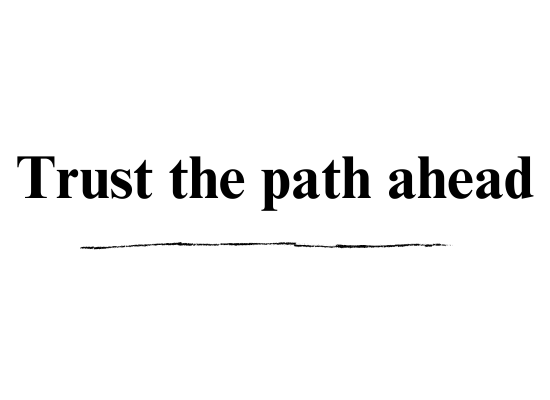Quantum Physics in Everyday Life:
How the Unseen Shapes the Seen

Imagine your surroundings: the chair you’re sitting on, the screen in front of you, even your own body. Everything you see, touch, and interact with seems solid and tangible, yet—on the atomic level—it’s almost entirely empty space. In fact, the “stuff” we perceive as solid and substantial is really just a construction of tiny, energetic particles, forming intricate structures. This is the world of quantum physics, where the unseen shapes the seen.
At its core, quantum physics shows us that the objects in our daily lives are actually made of atoms, which in turn are made up of even smaller particles: protons, neutrons, and electrons. Surprisingly, these particles aren’t like tiny solid marbles; they’re closer to minuscule energy clouds, whizzing around in a vast emptiness. So when you look at something as familiar as a sofa, what you’re really seeing is a pattern of atoms, held together by forces, interacting in a way that gives it structure, color, and texture.
A Sea of Atoms
We’re not just looking at atoms from the outside; we’re immersed in a sea of them. This “sea” forms everything we experience, and yet it’s made mostly of empty space with particles flashing in and out of focus. The concept sounds mysterious, but it’s what creates the tangible world we’re so familiar with. Our senses and minds process all of this in a way that organizes these particles into meaningful forms—a tree, a book, or a glass of water. But in reality, it’s all just atoms bonded together in various ways. The color we see in leaves or the solidity of a wooden table are effects of how atoms interact with light and with each other.
A Programmed Reality
Think about how we automatically identify objects in our environment. A tree is a tree, a chair is a chair, a pen is a pen—because that’s what we’ve been conditioned to recognize since childhood. But beyond these familiar labels, a tree is simply a structure of atoms bonded in a way that reflects light as green leaves and brown bark. Its rough texture is a sensation our brains interpret when we “touch” it, even though, at the quantum level, particles never actually make contact. The sensation we feel is a result of the electromagnetic forces between atoms, creating the illusion of physical contact.
So, while a tree may look solid, and a chair feels sturdy, a pen fits nicely on our fingers, quantum physics invites us to realize that what we’re perceiving is our mind’s interpretation of atomic interactions. The reality we experience is real in the sense that it’s consistent and meaningful to us, but it’s also a bit like a well-constructed illusion, shaped by forces and interactions that we can’t see directly.
So, while a tree may look solid, and a chair feels sturdy, a pen fits nicely on our fingers, quantum physics invites us to realize that what we’re perceiving is our mind’s interpretation of atomic interactions.
Forming Our Own Reality
Just like how quantum physics shows us that the solid world we experience is an illusion of energy, our life experiences, too, are shaped by our perceptions. What we see, feel, and think forms our reality. The way we perceive situations, people, and ourselves influences how we experience the world around us. Our minds filter and interpret everything, shaping our actions and interactions. In the same way, quantum particles form the world around us through unseen forces, we shape our personal realities through our thoughts, beliefs, and expectations.
When we understand that the physical world is not as solid as it seems, it opens up a deeper awareness that we can influence and mold our life through the way we perceive it. Life doesn’t just happen to us—it responds to our mindset, perceptions, and the energetic vibrations we emit. Our ability to see beyond the surface and connect with a deeper understanding of the world can transform how we interact with it, much like how quantum physics shows us that the unseen forces of energy create the reality we perceive.
Seeing Beyond the Surface
Quantum physics, then, reminds us that much of what we take for granted in our physical world has a layer of “unseen” truth beneath it. The world is a rich tapestry of energy fields, particles, and empty space that somehow comes together to create the reality we experience every day. It’s a subtle shift in perspective that can help us appreciate just how remarkable our everyday experiences are—seeing the hidden forces that shape the reality we know.
Similarly, when we look beyond the surface of our daily lives, we can discover the deeper layers of meaning and purpose that exist within them. Just as the world is shaped by atomic forces, our lives are shaped by our thoughts and the way we interact with the world.
Next, we’ll take a closer look at Quantum Physics and Spirituality: Finding Unity in the Unseen, where we’ll explore how these scientific insights intersect with ideas of connection and deeper meaning. Quantum physics not only reveals the mysteries of the material world but opens up questions about our own place in this vast, interconnected universe.



